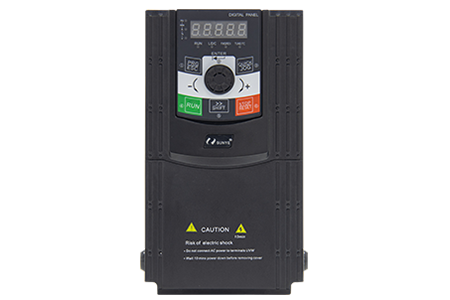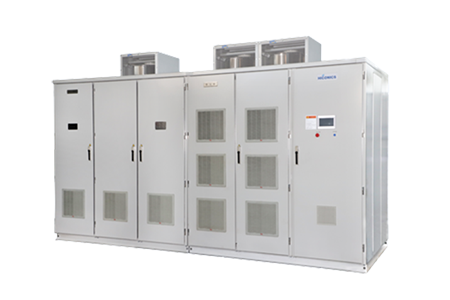Production factories need more automation control and increased production speed. Variable frequency drives (VFDs) are commonly used to control three-phase motors in automated process plants and commercial buildings. It is important for users to choose VFDs that meet specific application requirements. Benefits of VFDs include variable speed, improved process efficiency and control, acceleration and deceleration control, reduced demand and energy costs, solid-state starting and reversing, and phase transition. What should be considered when buy variable frequency drive?
Applications can be classified into one of the following three types: variable torque, constant torque, and constant horsepower. Manufacturer catalogs and reference tables on the internet can provide guidance on torque and power characteristics required for specific applications. The most important factor in this step is to match the load characteristics with the drive. When buy variable frequency drive, the drive should be selected to meet or exceed the current requirements of the motor during steady-state average mode and overload, which is a typical demanding startup.
When buy variable frequency drive, attention should be paid to the power characteristics. After defining the application, the next step is to determine the input voltage, frequency, and distribution configuration. In North America, the input is usually AC, but some applications require DC. Typical options for low voltage input are 115 V AC, 208 to 230 V AC, 380 to 480 V AC, or 575 to 600 V AC, and can go up to 690 V AC. The typical rated input frequency is 50 or 60 Hz. Although uncommon, AC drives are specified to operate on DC power, which expands the range of alternative technologies and more demanding system applications.
For this step, users, machine manufacturers, and system integrators need to ask themselves two specific questions about the process:
Do feedback control requirements exist? Define the requirements and expectations for the motor in the application. Many drive applications are considered as process regulators rather than speed regulators. Embedded memory, faster processors, and input/output allow the drive to control various processes. These may include sensors connected to the drive for use of PID applications or using multiple encoders to control multiple drives for calculating the correct diameter and speed in winding applications to maintain the level in a container. Regardless of the process type or measured signal - pressure, flow, or temperature - they are still used to control the VFD output to the motor.
What type of communication is needed? According to Hiconics Globale VFD manufacturer, Communication is a critical part of many applications. In some cases, only a helpful display is needed to assist the operator in confirming the process is ready. Other typical communication from the drive is analog and digital outputs. Alternatively, the user may require statistical data about drive control conditions, making fieldbus communication a good choice. Control can also be done from a data collection system (used in building automation applications).


